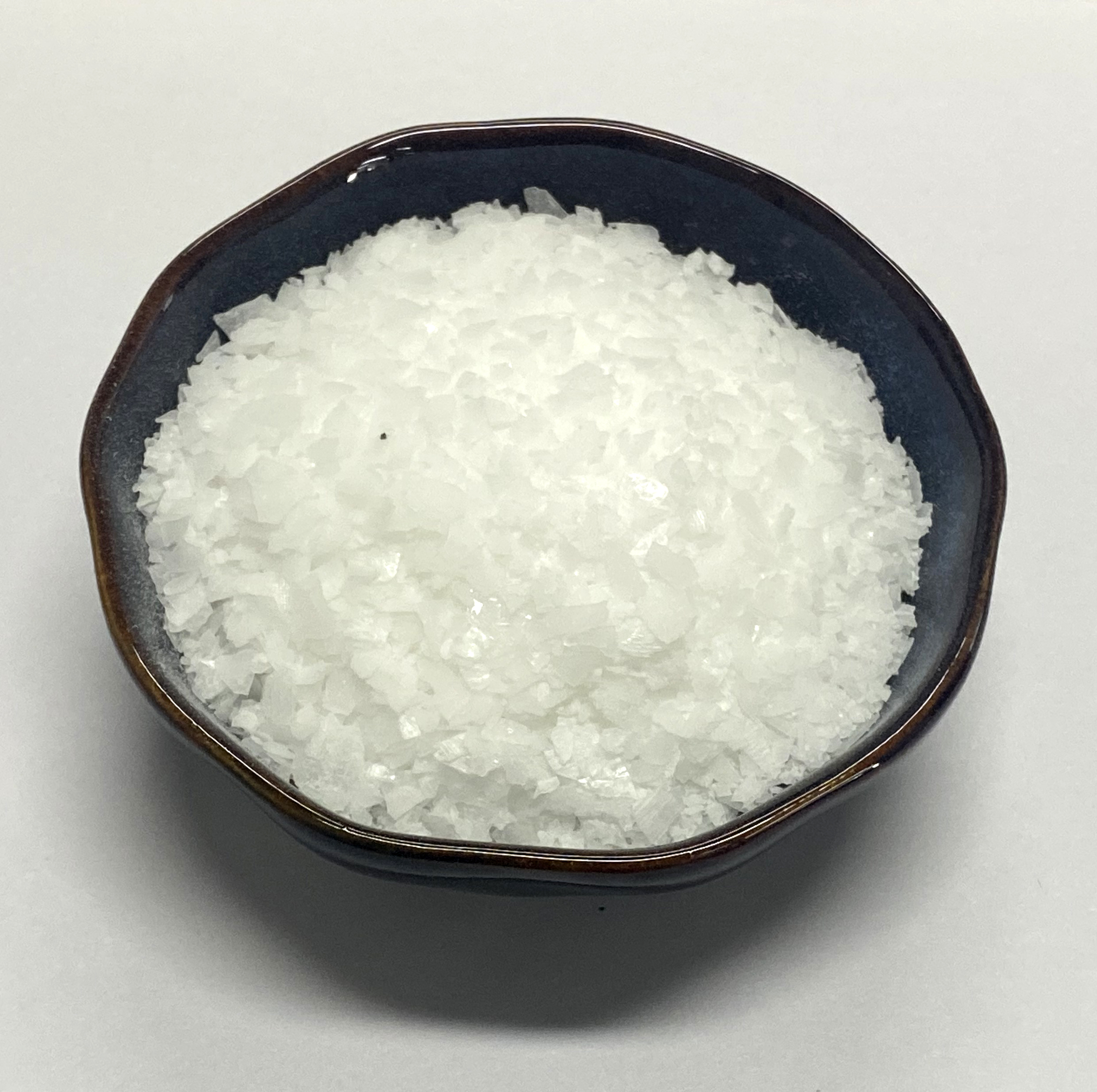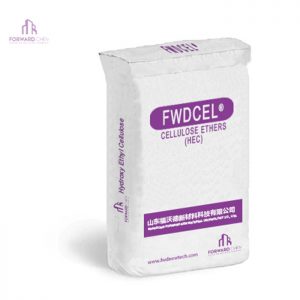Polycarboxylate Ether (PCE) superplasticizers are the workhorses of modern high-performance concrete, enabling high flowability with minimal water. While liquid concentrates dominate the market,flake forms offer distinct advantages like reduced shipping costs less water,longer shelf life, easier storage, and precise dosing for specific applications. Here's a look at the typical production process for PCE FWD (PC-201,PC-202).
Core Production Flow:
Raw Material Preparation & Polymer Synthesis:
Monomer & Reactant Handling: Key raw materials (e.g., unsaturated polyether macromonomers like MPEG methacrylate, acrylic acid, maleic anhydride, chain transfer agents, initiators like persulfates) are accurately weighed and prepared under controlled conditions.
Solution Polymerization: The primary PCE polymer is synthesized in a reactor. This usually involves:
Charging water and part of the monomers/reactants into the reactor.
Initiating a controlled free-radical copolymerization reaction under specific temperature (typically 60-90°C) and nitrogen atmosphere to prevent oxygen inhibition.
Feeding the remaining monomers, initiator solution, and other reactants (like chain regulators) gradually over several hours to control molecular weight and structure.
Maintaining the reaction until near-complete monomer conversion is achieved. This yields a viscous aqueous polymer solution.
Post-Polymerization & Formulation:
Cooling & Neutralization: The polymer solution is cooled. If required (depending on the acid monomer used), it may be partially neutralized (e.g., with sodium hydroxide or triethanolamine) to achieve the desired pH and solubility profile.
Additive Incorporation: Other essential functional additives are blended into the polymer solution. These can include:
Retarders/Set Controllers: Sugars, gluconates, phosphates (to adjust setting time).
Air-Entrainers/Stabilizers: Small amounts to manage air content.
Stabilizers/Anti-caking Agents: To enhance flake stability and prevent clumping (e.g., silicates, specific surfactants).
Defoamers: To minimize foam generation during drying.
Water: Adjusted to achieve the precise target solids content optimal for the drying stage. This formulated solution is often called the "feed solution."
Drying to Form Flakes (The Key Step):
Feed Solution Preparation: The formulated solution is filtered and held in a feed tank, maintaining consistent temperature and agitation to ensure homogeneity.
Spray Drying: This is the most common method for producing high-quality flakes:
The feed solution is pumped under pressure to an atomizer (rotary disk or pressure nozzle) at the top of a large drying tower.
The atomizer disperses the solution into a fine mist of tiny droplets.
Hot, dry air (typically 150-220°C inlet temperature, depending on product sensitivity) is introduced concurrently or counter-currently.
As the droplets fall through the hot air chamber, water evaporates extremely rapidly (within seconds).
The dried particles, now solid flakes, fall to the bottom of the tower.
Critical Control: Inlet/outlet air temperatures, feed rate, solids concentration, and atomizer speed are meticulously controlled. This ensures:
Complete drying without overheating/degrading the sensitive PCE polymer.
Formation of thin, brittle flakes with the desired particle size (typically 100-500 microns).
Low residual moisture content (< 3-5%).
Alternative Drying: Fluidized bed drying can be used, especially for larger particles or co-granulation, but spray drying is preferred for its control and flake morphology.
Flake Handling & Finishing:
Cooling: The hot flakes exiting the dryer are cooled rapidly, often using a fluidized bed cooler or air conveying with cooling, to prevent caking and thermal degradation.
Screening/Classification: Flakes are passed through screens to remove oversized agglomerates or undersized fines, ensuring consistent particle size distribution.
Anti-Caking Treatment: A final, very small amount of anti-caking agent (like colloidal silica) may be applied via gentle blending to enhance flowability and storage stability.
Quality Control & Packaging:
Rigorous QC: Samples are tested throughout the process and on the final flakes. Key tests include:
Solids Content / Moisture
Particle Size Distribution (PSD)
Bulk Density
Flowability / Angle of Repose
Performance Testing: Crucial tests in standard mortar or concrete mixes to confirm water reduction, slump retention, setting time, and strength development meet specifications.
Chemical Composition (FTIR, GPC for molecular weight)
Packaging: The cooled, tested flakes are packaged in moisture-proof, multi-layer bags (often with foil lining) or sealed containers to protect them from humidity and ensure shelf life (typically 12-24 months). Bags are commonly 25kg, but sizes vary.
Key Equipment in a Flake Plant:
Reactors (Stainless Steel, Jacketed)
Storage Tanks (Solution, Monomers, Additives)
Pumps & Piping
Spray Dryer Tower (with Atomizer, Air Heater, Cyclone Separator, Bag Filter)
Cooling System (Fluidized Bed Cooler, Conveying with Cooling)
Screens / Classifiers
Blending/Mixing Silos (for additives/anti-caking)
Automated Packaging Line
Sophisticated Process Control System (PCS)
Comprehensive QC Laboratory
Advantages of Flake Form PCE FWD (PC-201,PC-202):
Reduced Shipping Costs: Up to 4-5x less volume/weight than equivalent liquid dosages
Extremely high water reduction rate (over 25%)
Logistics and cost-effectiveness
Shelf life: 24 months (moisture-proof packaging) - 6 - 12 months (at risk of stratification/freeze)
Precise measurement and compatibility with dry mixing, suitable for dry-mixed mortar, bagged concrete, and automated batching systems.
No calibration of pumps required - simply weigh the sheets directly to achieve error-free dosing.


